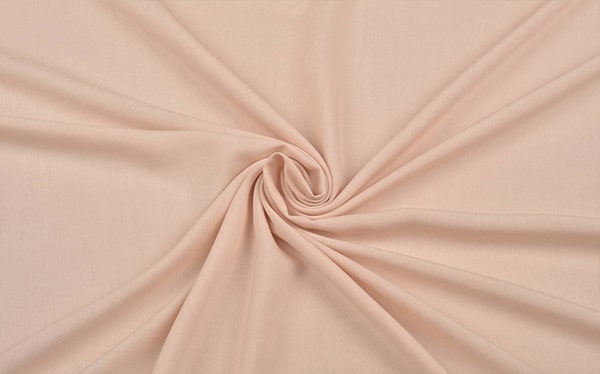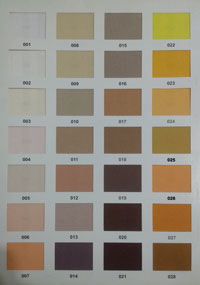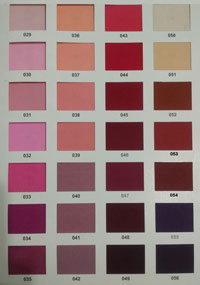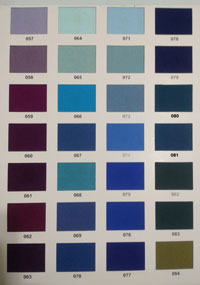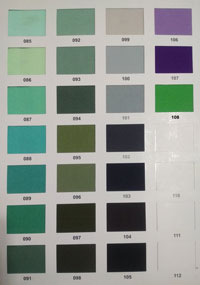The raw material of viscose is beech wood, it consists of cellulose just like cotton. There is almost no chemical change in the structure of cellulose, which becomes fluid during the viscose production process. After hardening as a filament, it remains as cellulose. With these features, the structure of viscose shows a high similarity with cotton. Viscose has a higher dehumidification property than cotton. Under normal conditions, it collects 11-14% of moisture and absorbs water up to 80-120% due to its high swelling feature. Dry durability is lower than cotton. Age endurance is at a very low rate. When wet, its durability decreases by 40-70% compared to dry, its elongation is 15-30%, two times higher than cotton. Viscose is very suitable for dyeing and printing due to its much higher moisture absorption than cotton. It also makes colors appear brighter. Viscose fabrics are elegant and comfortable. Due to the delicate and smooth spinning feature of the fiber, a soft hand is obtained in the product. It is slippery and compatible with the skin. Therefore, it is comfortable and easy to wear. It is used on fabrics that want to be shiny, crepe fabrics and knits, to give a shine effect. It is preferred in lining fabrics, blouses, shirts, t-shirts, dresses, decorations and women's underwear production. Viscose fiber is also used by mixing it with other fiber types such as cotton, linen and wool.

